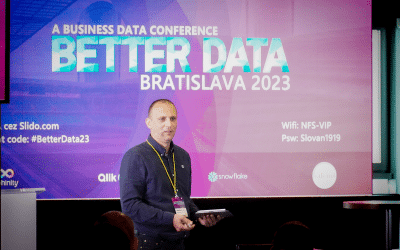When faced with a request for investment throughout my many years as CFO I would inevitably “torture” the requester with some version of the following set of questions:
- How do you quantify the additional efficiencies and/or business that will come from this investment?
- How much time is it going to take for the benefits of this investment to outweigh the costs?
- What is it about this particular investment that makes it better than the others?
In case the business case included some manpower savings, my next question would usually involve asking when is this cut going to happen. The answer would often come that there wouldn’t actually be a cut in staff but that there would just be efficiency savings. My next question would be, “Okay, so where is the real return going to come from?”
This is actually often the million-dollar question for Digital initiatives. Where is the real ROI going to come from?
In some cases it is clear: the initiative clearly increases your business, reduces your running costs, or allows you to reduce staff.
In most cases, however, it isn’t so straight forward, so recognizing the real return on them will make the difference between whether they actually add value or not.
Here is an example of ROI from digitalization project:
Each month the Controlling department spends the equivalent of 10 working days preparing a report that links the Accounting results with the business results, providing the revenues split by segments & customers. The report is ready around the middle of the month. This information is then used to make strategic decisions about which business & customers to focus on.
Thanks to a Digital Transformation initiative the report is fully automatized and it is ready in the first working days of the month.
Have we arrived at the real ROI on this initiative yet? Is the Head of Controlling going to reduce one of his staff to part-time so that money is saved? Yes or no, the answer is that the real return hasn’t been achieved yet and it’s just as hard to achieve as the implementation itself because it involves important changes in behavior.
The real return will be achieved once those saved 10 days are fully used to focus on getting additional insight from this report:
- Controlling specialists look for insights
- Controlling specialists work with business experts looking for insights together
- The report is sent to management much earlier, also giving them more time to find insights
All of this also allows the company to react much faster to any opportunities or risks found.
THAT is the real return that we are looking for. It is very difficult to measure but it is worth its weight in gold.
—
FREE ON-DEMAND webinar: (Re)Start Your Organisation’s Digital Transformation Journey. A webinar not to be missed by any executive who is serious about leveraging data in business. More info and registrations: https://emarkanalytics.com/digital-transformation-webinar/
Check out also other Digital Transformation related blogs.








